In this one, Mr. Putter and Tabby are enjoying the winter snow fall while drinking tea and eating warm muffins. Mr. Putter goes out to get the newspaper from the mailbox because he wants to read the funnies, but he forgets his hat. He hopes he does not get a cold, but, alas, he does.
And then he remembers. He remembers when he was a kid. He remembers the warm soup, minty tea, and adventure books that his mother gave him. He is remembering all this as Mrs. Teaberry, the next door neighbor, calls.
Mrs. Teaberry thinks that Mr. Putter needs company, but Mr. exclaims that you do "not want to be old and catch a cold"! She calls back a while later and explains that Zeke, Mrs. Teaberry's dog, is going to come over.
Zeke comes through the snow, wagging his tail and carrying a thermos on his back. Mr. Putter checks the thermos and is delighted to find chicken soup inside.
They are enjoying the chicken soup when Zeke comes back with another thermos of something on his back. Mr. Putter checks. This time he smells peppermint tea with honey sticks and he declares, "Yippee!"
Mr. Putter is remembering when he was sick with his mother many years ago. He decides to call Mrs. Teaberry and ask.
"Would you perhaps have ...?" asks Mr. Putter.
"Would I perhaps have ...?" replies Mrs. Teaberry.
"An adventure book?" asks Mr. Putter.
"Of course!" says Mrs. Teaberry! "But the book really belongs to Zeke. It's about a brave dog. It's Zeke's favorite."
"Would he loan it to me?"
"Only if he gets to come along."
Mr. Putter stops and thinks. Could he handle Zeke and a cold?
"Of course Zeke can come with his book," says Mr. Putter.
"Wonderful!"
A few minutes later, Zeke is at the door with a book on his back. What do you think Zeke, Tabby, and Mr. Putter do for the rest of the day? ;)
Again, this series is a delight! Enjoy!
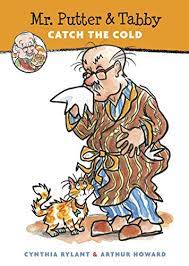
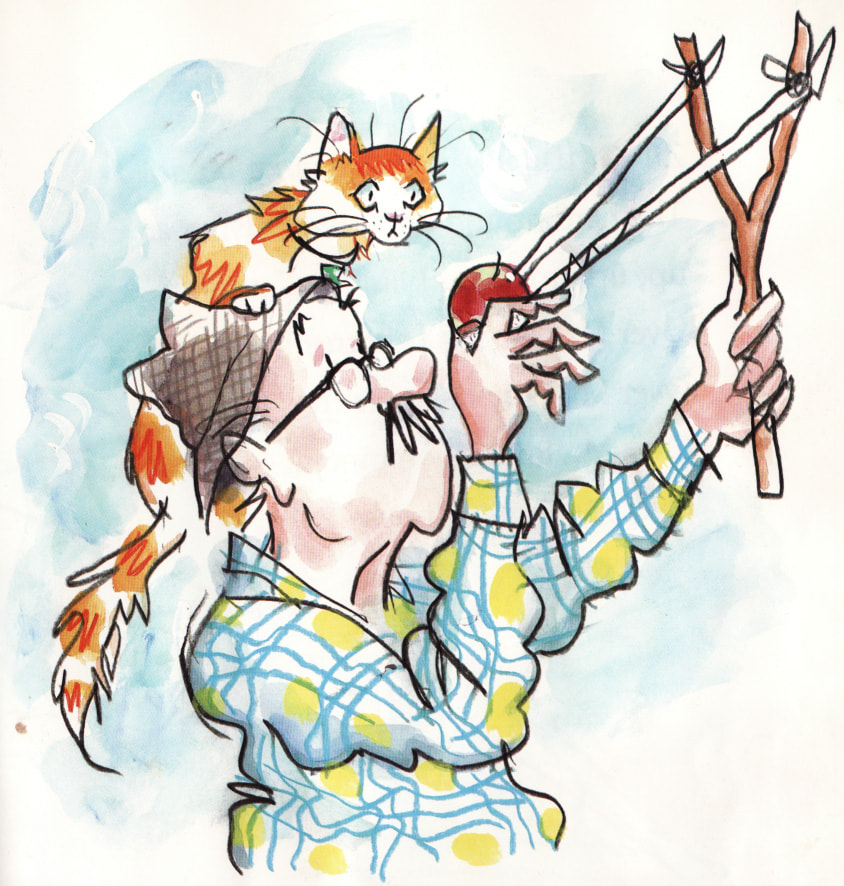
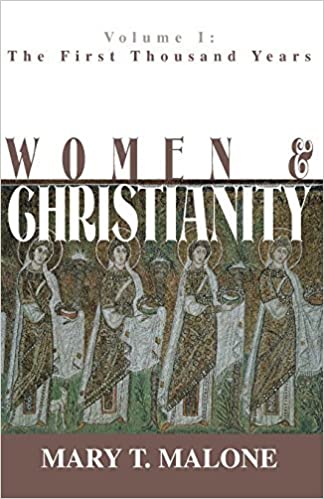
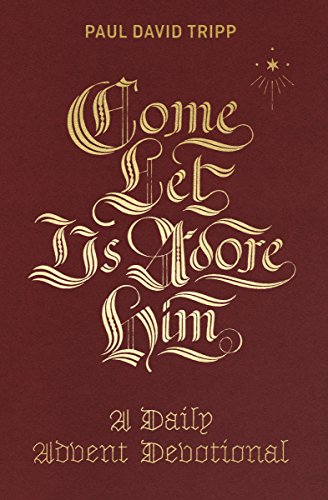
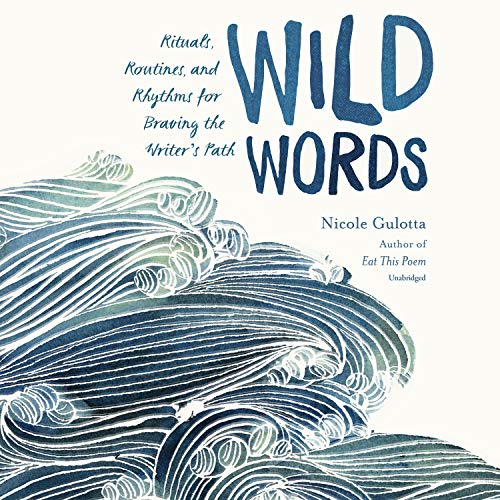
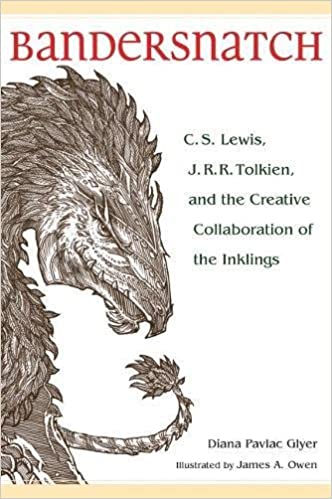
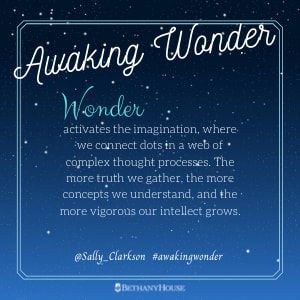
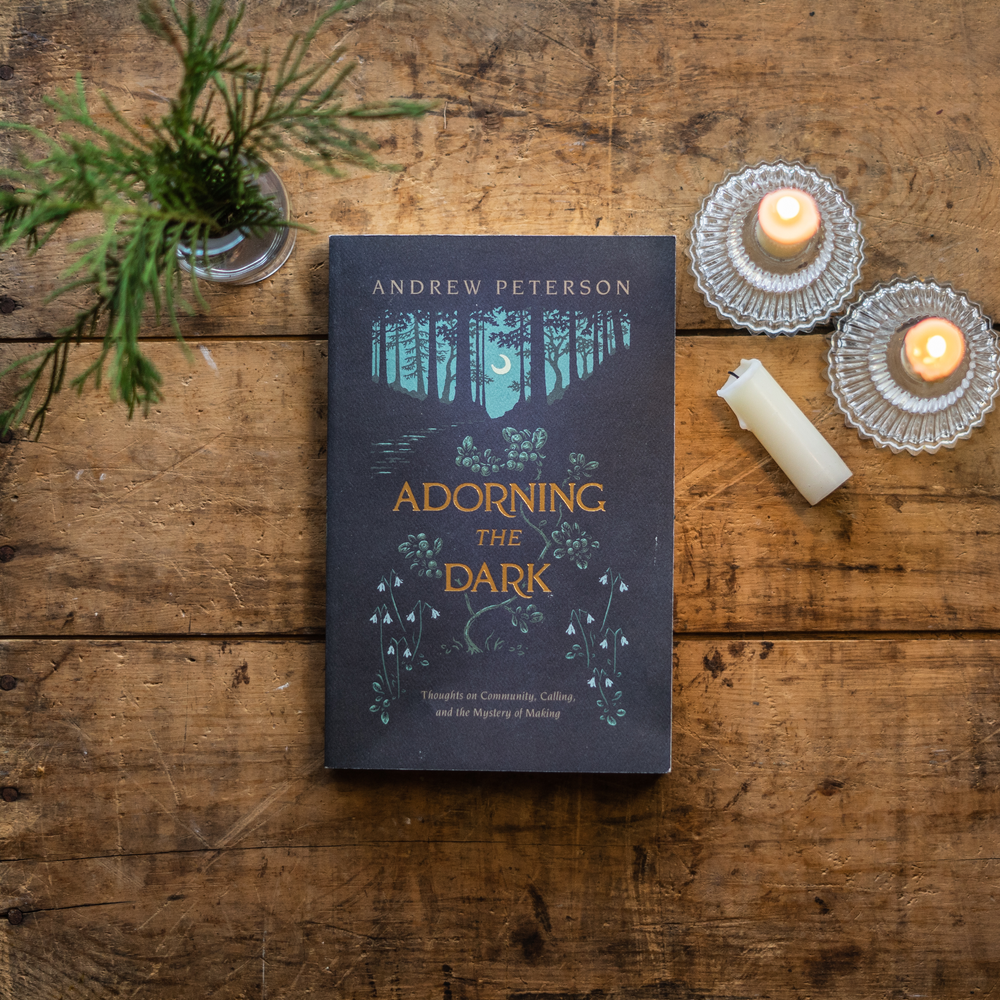
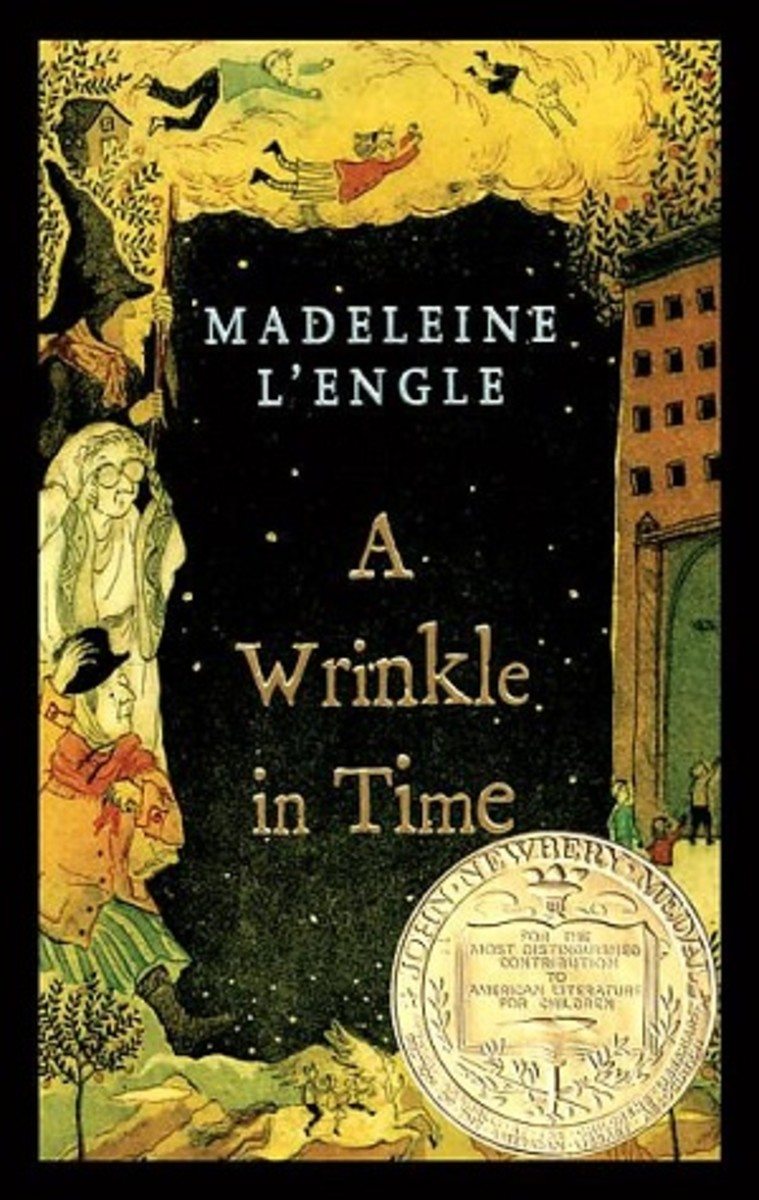

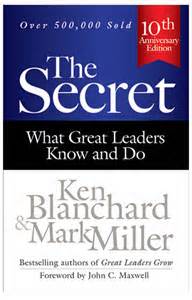
 RSS Feed
RSS Feed